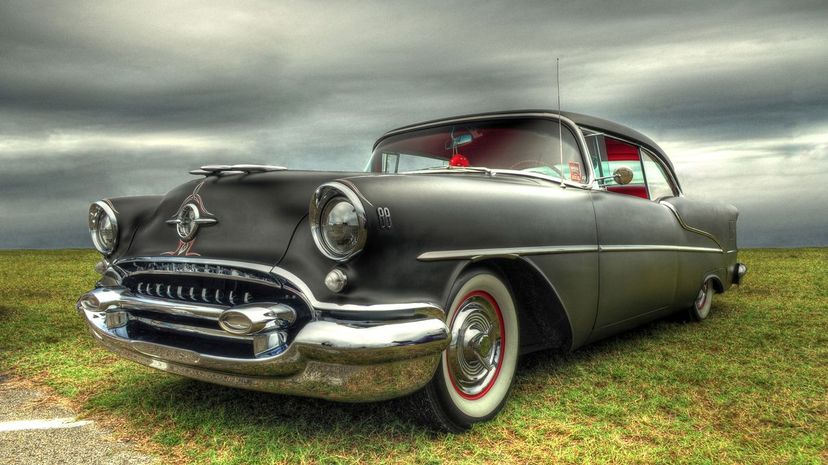
About This Quiz
Although modern cars are awesome, there is nothing like taking a walk around a lot at a classic car show. These old school cars, although they don't have all the modern options of their newer counterparts, certainly have soul, something missing on many newer cars.
And it's many things that contribute toward that soul ... the leather seats, the brass switches, the wooden steering wheels, and much more. These cars are true classics, loved and preserved by their owners to show us and future generations just what motoring was all about all those years ago when getting from A to B was all about enjoying the ride. And that ride certainly was in style!
But would you be able to recognize these classics from just one image? Cars such as the MG L1 Continental Coupe or the luxury afforded by the Rolls Royce Twenty? Surely you would know one of the greatest old school cars of them all, the Volkswagen Beetle. And what about others such as the Austin Healey 3000 or more obscure old school cars such as the Bi-Autogo or the Briggs and Stratton Flyer?
Well, here is your chance to show us that you do know classic old cars! Let's see how you fare!
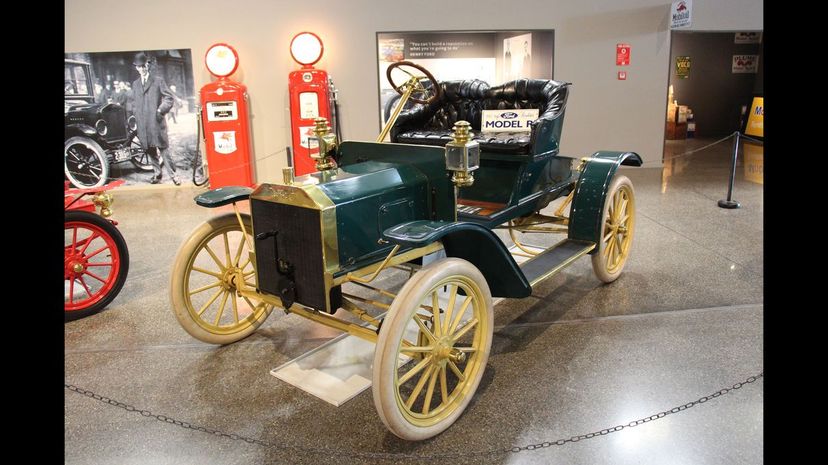
The Ford Model R was only produced for a brief period in 1907. Essentially it was the same as the Model N but the body was a little bigger, larger fenders and an oil lamp.
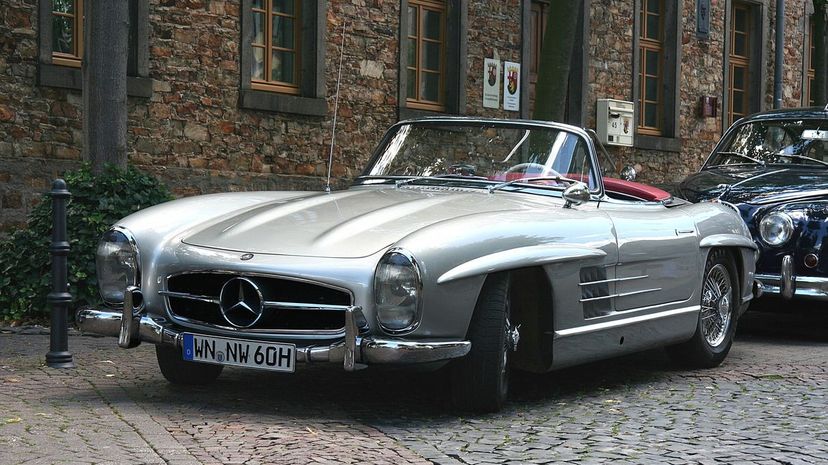
A true classic from the '50s, the 300 SL started life as a racing car in 1952 but soon became a production car in 1954 as a two-door coupe. The 300 SL became instantly recognizable thanks to its gullwing doors. Just over 3,200 of the coupe and roadster were built up until 1963. These vehicles are snapped up at auction whenever they are available including one in 2012 for $4.620 million.
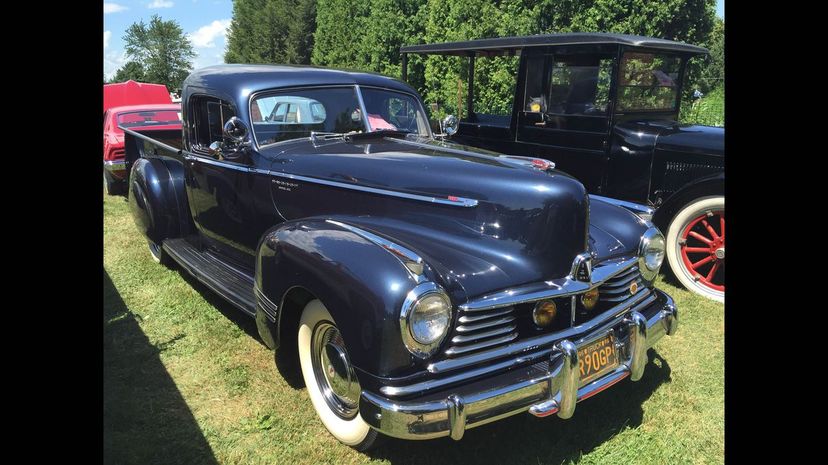
Released in the 1930s, the Big Boy C28 was built by the Hudson Motor Company. It came with a 6-cylinder engine as well as a 3-speed manual transmission. Around 600 were built.
Advertisement
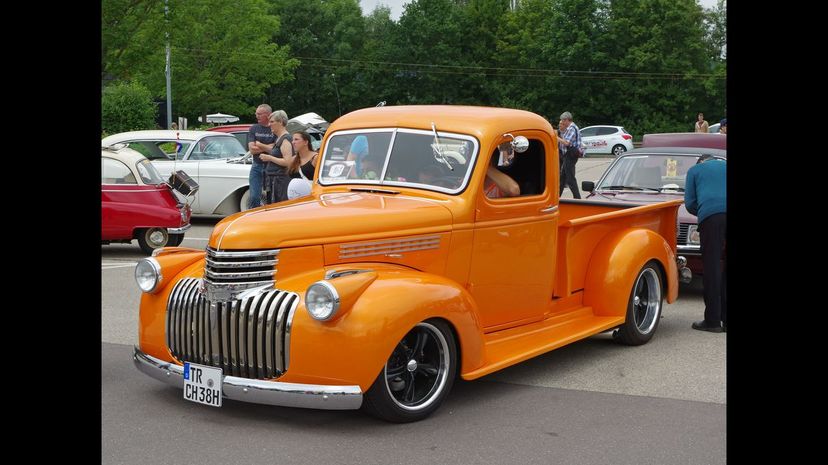
This light truck was part of the Chevrolet fleet from 1941 until 1947. In terms of transmission, the AK only had a three-speed manual gearbox. This was coupled to either a 3.5 or 3.77-liter straight-six engine. The AK was also sold under the GMC badge.
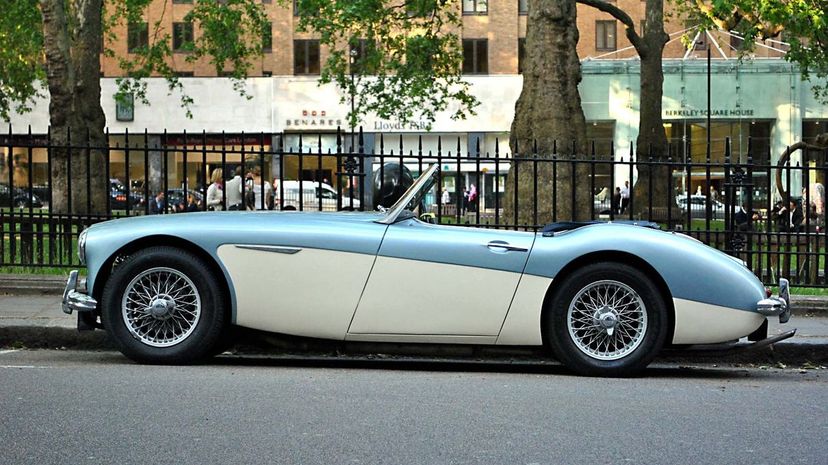
Built between 1959 and 1967, the Austin Healey 3000 was powered by a 2.9-liter straight-6 engine. This two-door vehicle was available as a roadster or convertible, and many 3000's made their way to North America. In fact, in 1963, over 90% of the 3000s produced actually ended up in the USA.
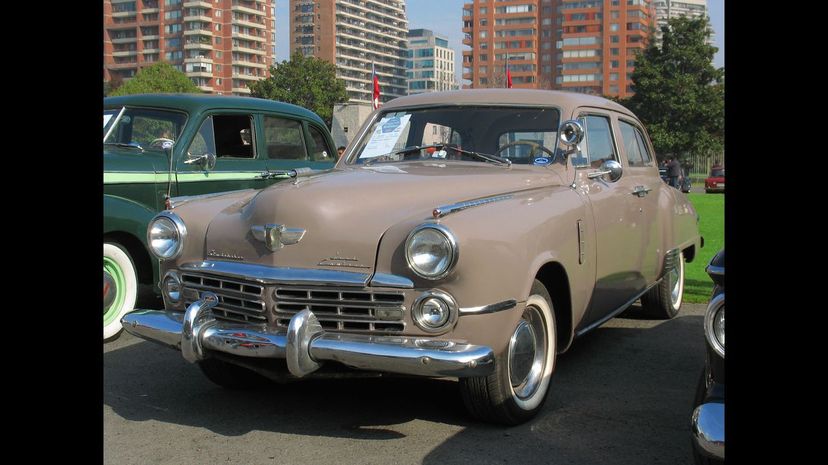
The Commander badge was worn by a number of Studebakers starting in the 1920s. The vehicles from the 1950s, however, are in demand with restorers, especially the 1950 Studebaker Commander convertible. This is indeed a classic car.
Advertisement
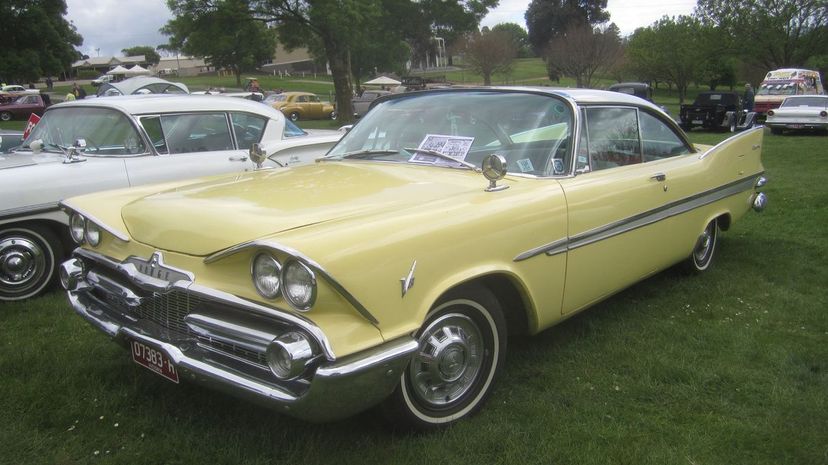
The Kingsway, which essentially rebranded Plymouth models with some Dodge accessories, bumpers, for instance, were built for markets outside the United States. The Kingsway name first appeared in 1940 and was used up until 1959.
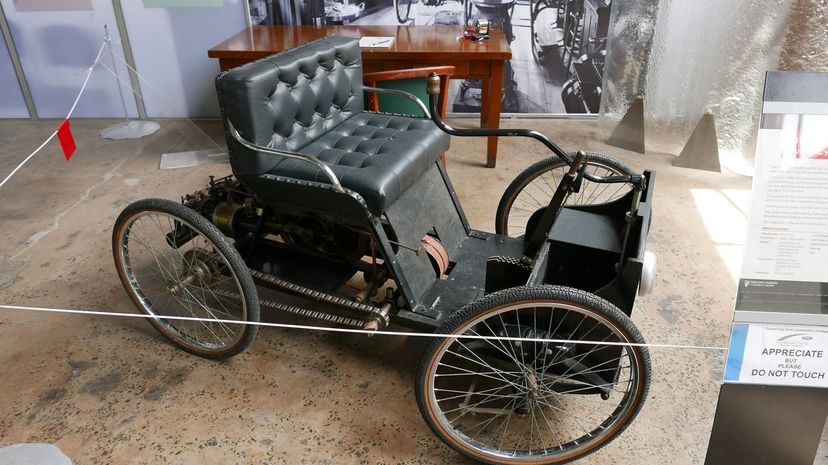
Henry Ford designed the Quadricycle in 1896 and over the next five years, built four models. It was a simple machine that ran on an ethanol engine and used bicycle tires.
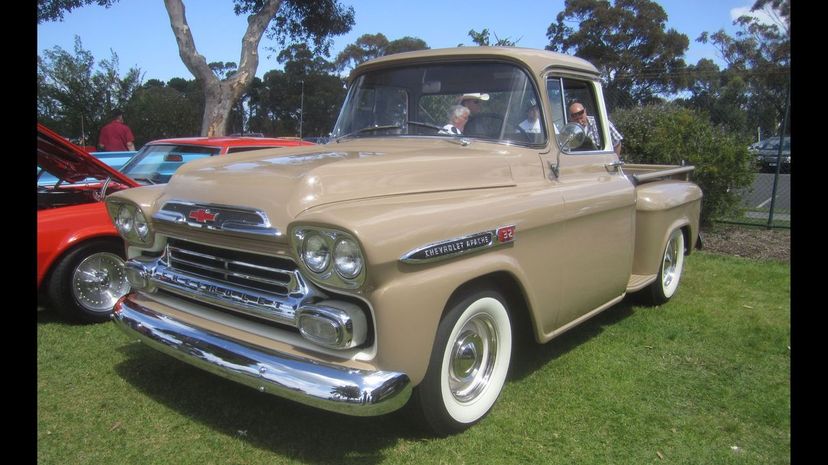
Northwestern Auto Parts Company, or Napco, was a company established in 1918 that specialized in making four-wheel drive systems for vehicles. One of these projects was for Chevrolet pickups from 1942 to 1956. This gave the vehicle moderate off-road capabilities.
Advertisement

With its two-door fastback styling, the PV44 was a product of Volvo from 1944 to 1966. It was specifically designed to be a smaller, more fuel-efficient model than the larger cars around at the time. It was noted for its distinctive sloping back.
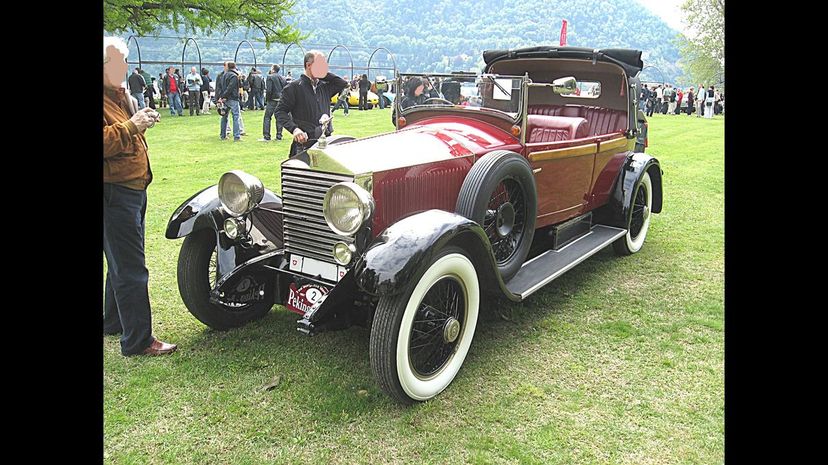
Available as a 4-door convertible and sedan, a seven-year production run saw just over 2,900 models of the Twenty manufactured. Its powerplant was a 3.1-liter engine.
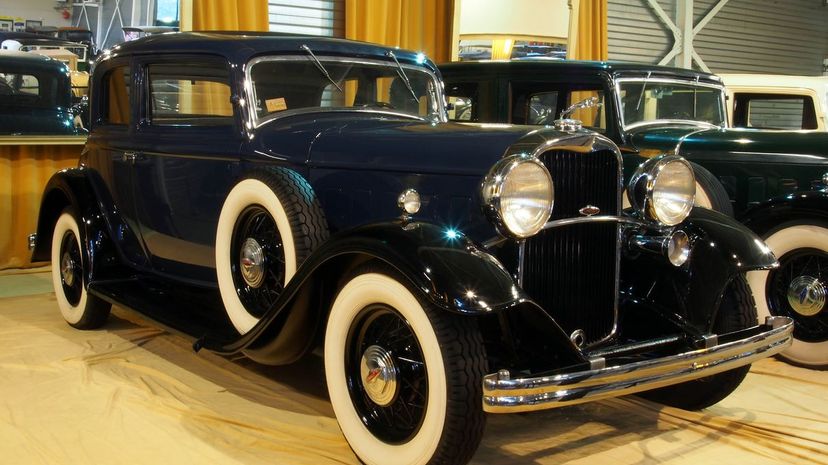
The first car ever produced by Lincoln was the L-series. The model made its debut in 1917 and was built right up until 1930. Throughout its production run, the L-series was powered by a V8 motor coupled to a 3-speed manual transmission.
Advertisement
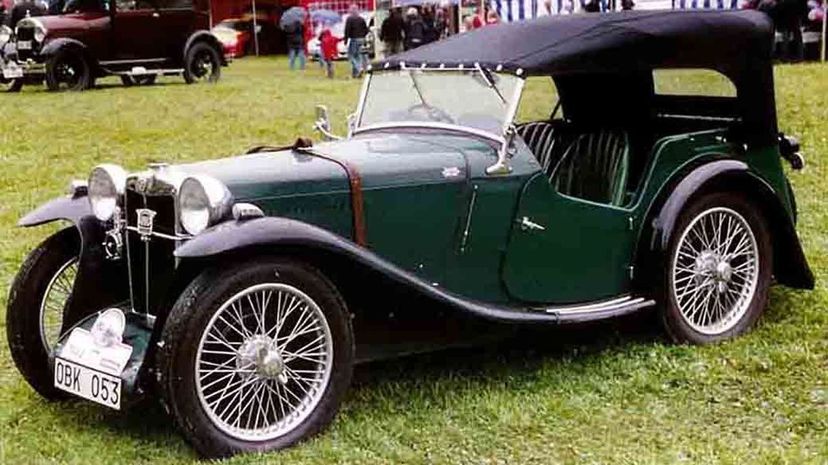
Just 100 examples were built of the L1 Continental Coupe in the early 1930s. They were mostly a two-tone color scheme, with canary yellow and black a favorite. The L1 was powered by a 1.0-liter six-cylinder engine which produced around 41 brake horsepower.
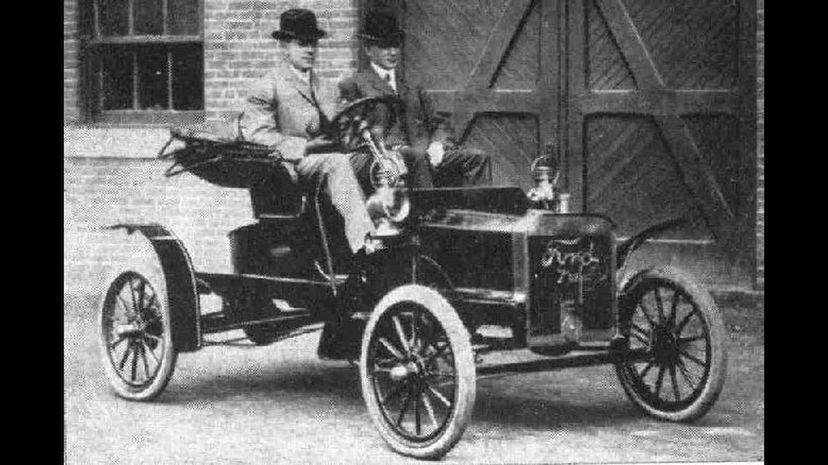
The Ford Model N was produced between 1908 and 1909. It was only made in the color maroon and featured an engine at the front of the car, unlike the Model A and Model C. Over 7,000 were built.
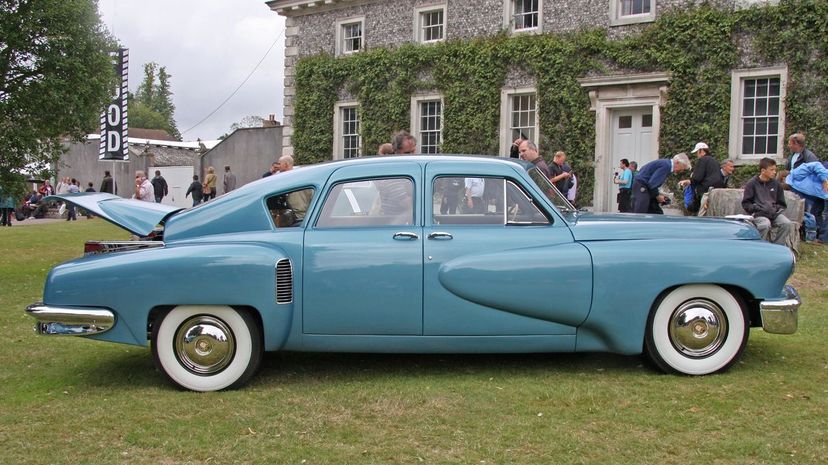
The dream of Preston Tucker, the Torpedo only saw 51 units built. Tucker was indicted for fraud, although many say he was set up as he was later acquitted of all charges. Sadly, it ruined Tucker and his Torpedo never went into full-scale production.
Advertisement

Produced between 1937 and 1939, the Coupe Express J5 looks like a moving piece of Art Deco. Over 3,500 of this beauty were built but in reality, it could never compete with the Ford and Chevrolet equivalents which were priced well below the Express.
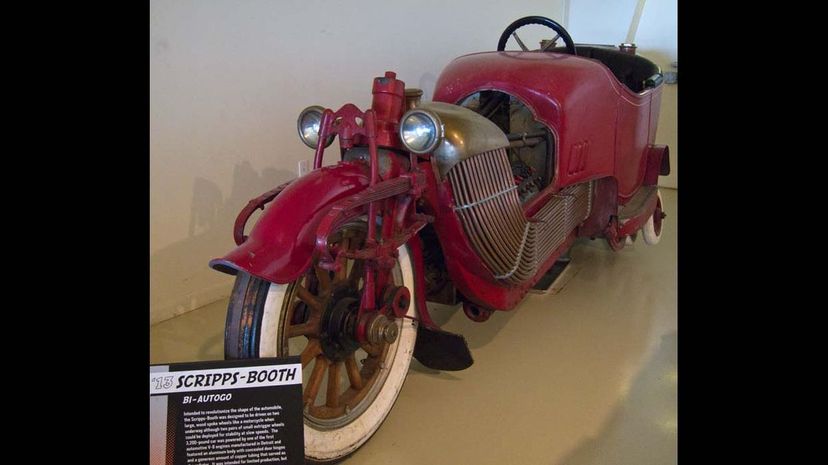
Is it a car? Is it a motorbike? Back in 1913, no one who saw James Scripps-Booth's invention was sure and certainly didn't want to own one!
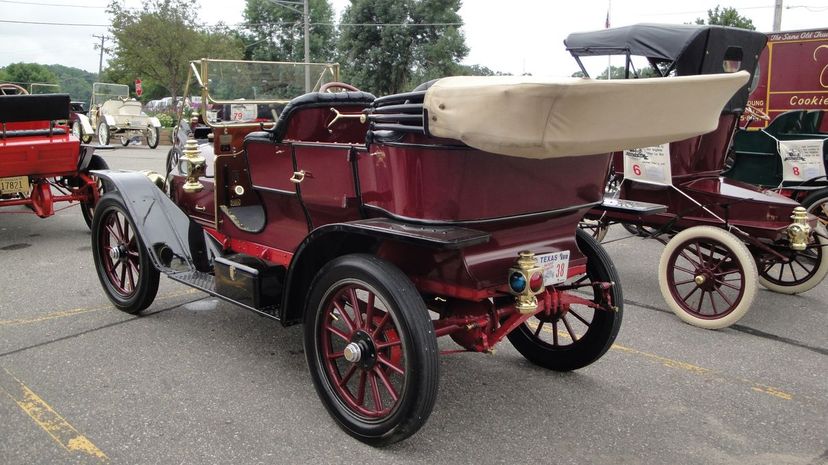
One of the earliest Cadillac models, the Model Thirty was produced between 1909 and 1911. It was the first model in the United States to offer a closed body.
Advertisement

Built between 1937 and 1939, this Italian classic sold at auction for $5.983 million in 1999. Imagine how much it would go for now? Essentially, this was a road-going version of the famous 8C 2900A race car.
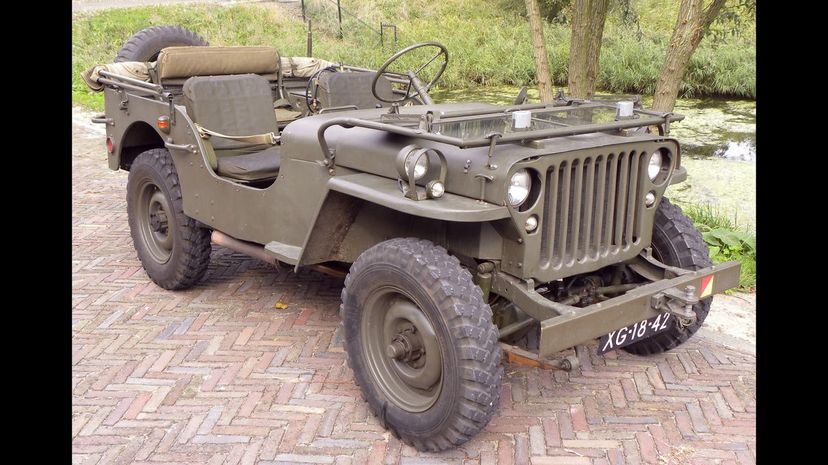
Almost instantly recognizable, the Willys Jeep was produced for American armed forces during World War II. Of course, after the war, Jeep went on to become a very successful commercial brand in its own right.
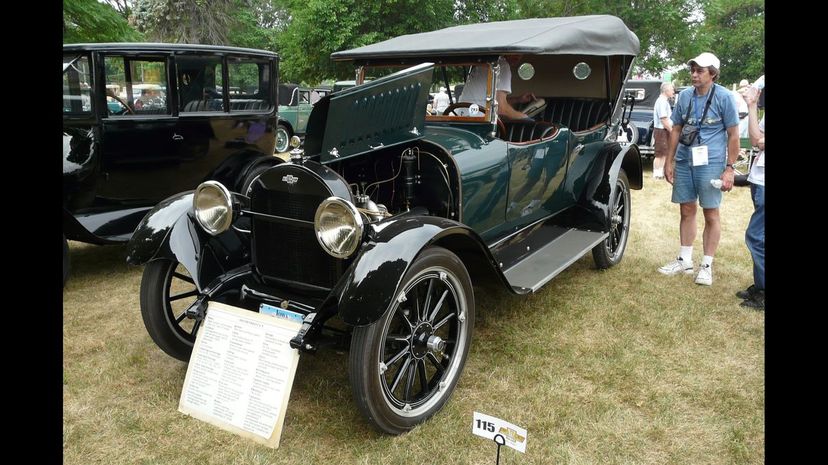
Introduced in 1917, the D Series was the first Chevrolet to have a V8 engine. Sadly, it was horribly underpowered (only 36 brake horsepower), so much so that other four-cylinder engines were more powerful. By 1918 the D Series had disappeared and Chev only returned to V8 motors 37 years later.
Advertisement
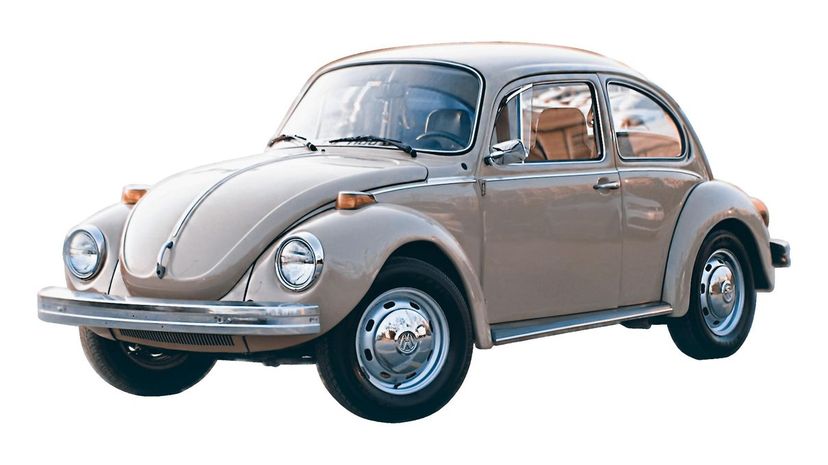
Has there ever been a car more iconic than the Volkswagen Beetle? Or a car produced for a period of over 65 years like the Beetle was (the last rolled off the production line in 2003 in Mexico)? No, there probably hasn't been and never will be. A true classic!

The first car designed exclusively by BMW, the 3/20 was produced from 1932 to 1934. It was available in three body options, a four-seat saloon, four-seat cabriolet and a two-seat convertible coupe. The 3/20 was powered by at 788 cc motor.
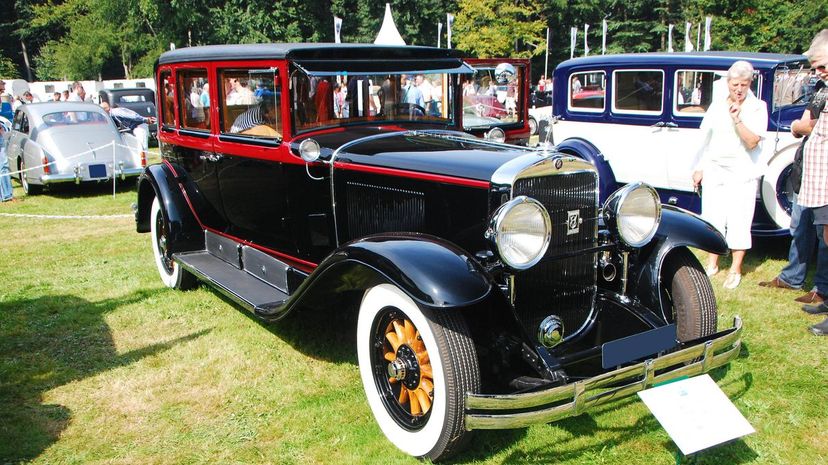
Marketed between 1927 and 1929, the Series 341. It had a range of body styles and cost between $3,350 and $5,500 depending on the style chosen. Over 18,000 were built of this popular model.
Advertisement
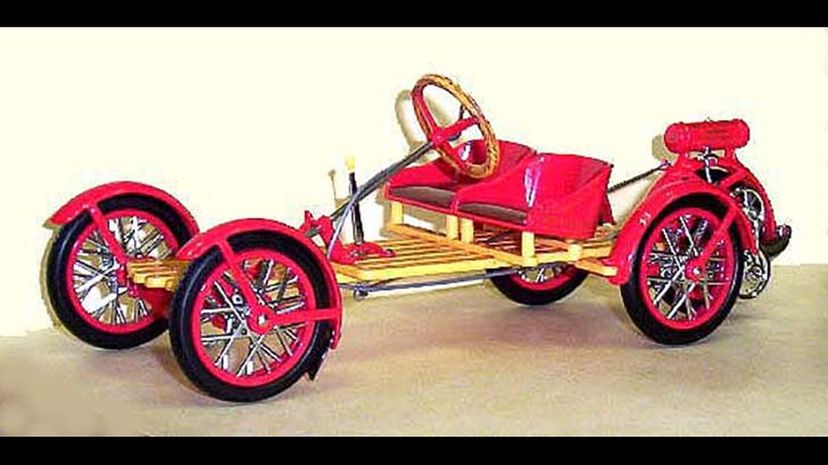
The Briggs and Stratton Flyer was essentially a wooden bench that moved. It had no protection for the driver from the elements and no shock absorbers. By 1920, however, cars had already evolved to a point of relative comfort, the Flyer just wasn't what the public was looking for.
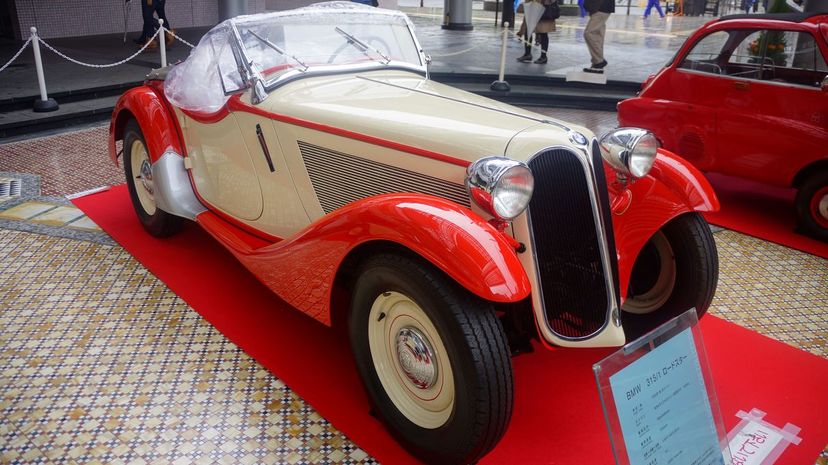
A truly beautiful and classic styled 2-seat roadster, the 315/1 was marketed from 1934 to 1937. It was powered by a 1.5-liter engine capable of 40 brake horsepower.
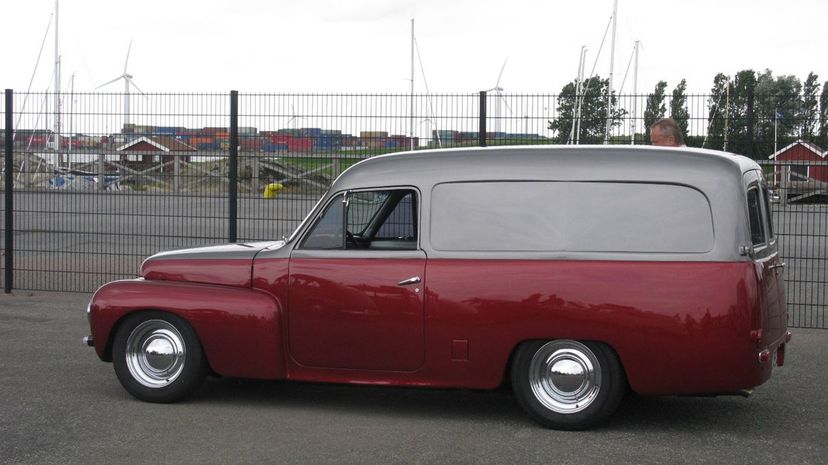
The Duett was released in 1953 and produced right up until 1969. It came in two main body styles, a station wagon, and a panel van. Some were also released as convertibles. It was powered by a 1.8-liter straight four engine.
Advertisement
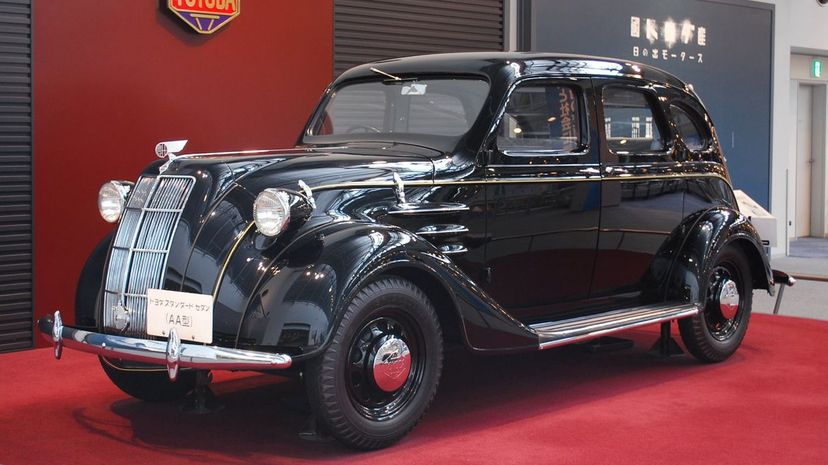
The first prototype vehicle produced by Toyota was the A1. When put into production, it became the AA. Over 1,300 were produced in the period from 1936 to 1943. The AA was available as four-door sedan or convertible.
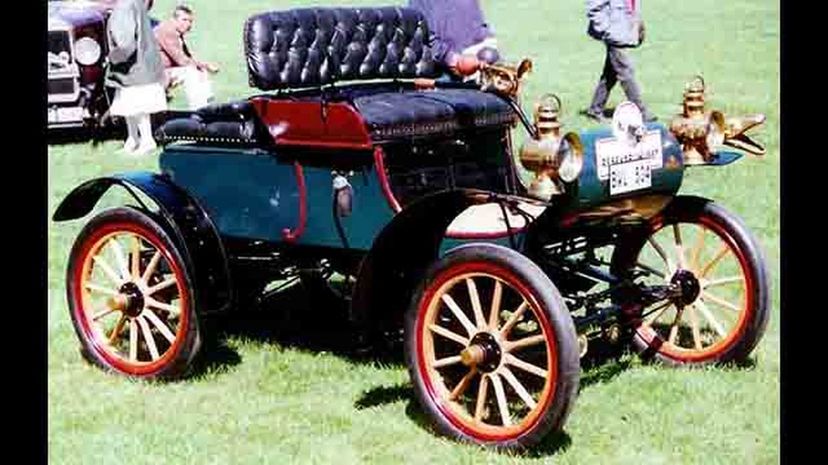
The Curved Dash Oldsmobile was released in 1901 and built to 1907. Before Ford had dreamed about his production line, Oldsmobile was living it when producing the Curved Dash. Although let's be honest, it still looks like a horseless carriage. The Model T started to look more like a car. Over 19,000 of the Curved Dash Oldsmobile were produced.

Produced by Dodge between 1955 and 1956, this 2-door hardtop was specifically aimed at the fairer sex. Only 2,500 were sold in a two-year period, although little evidence suggests that it was well marketed.
Advertisement
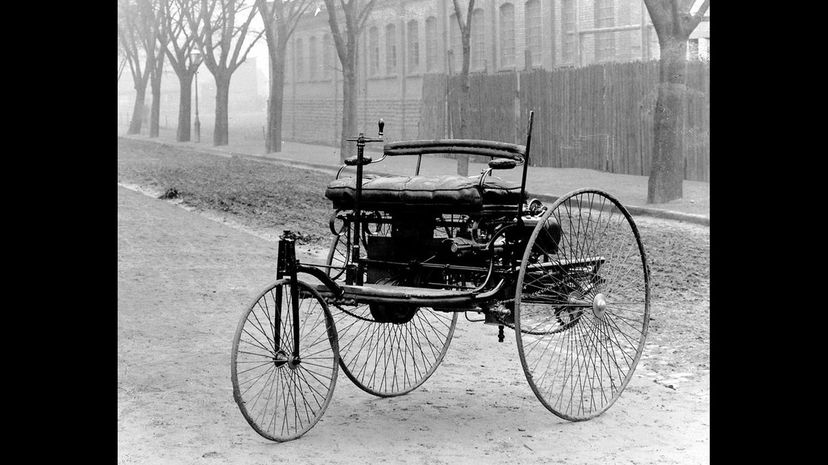
Considered the first-ever car, the Benz Patent Motorwagen was introduced in 1886. Essentially, it was a horse carriage with a small engine and was steered using a tiller arm. Produced over seven years, around 25 were made.
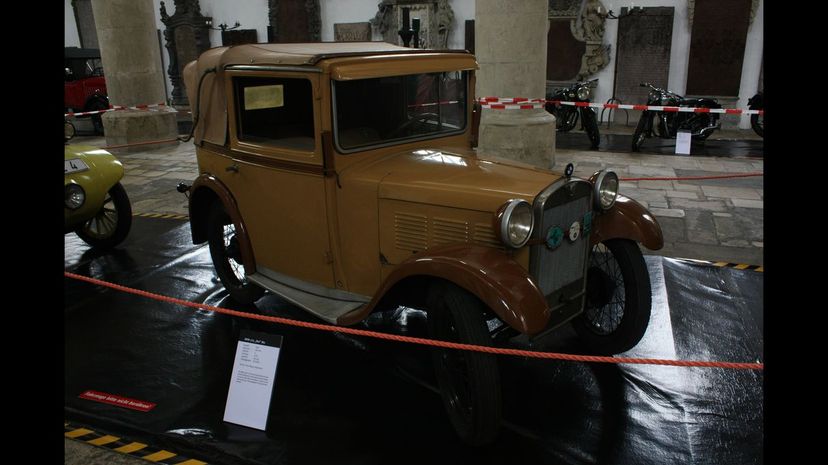
The 3/15 was the first car produced by BMW and made its debut in 1927. It was originally made under license from Austin in Great Britain until in 1929 when BMW made their own version. BMW also released the DA-3 Wartburg, a sports car version of the 'Dixi' as it was known.

Considered the first sports car built by an American company, the Bearcat introduced in 1914 had a four-cylinder 60 horsepower engine. Although by today's standards that may seem like nothing, in 1914 the Bearcat was the fastest thing on four wheels.
Advertisement
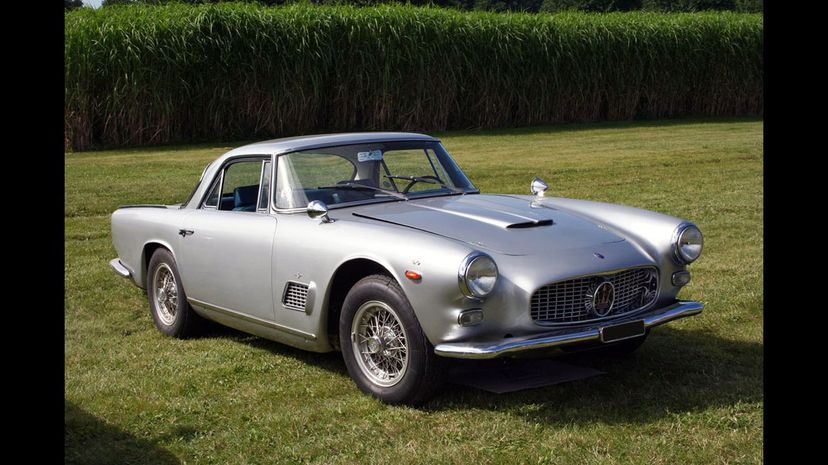
Available as a two-seat convertible and hardtop the 3500 was built by the legendary manufacturer Maserati from 1957 to 1964. This was a front-engined rear-wheel drive car powered by a 3.5-liter straight-6 engine which produced around 220 brake horsepower.
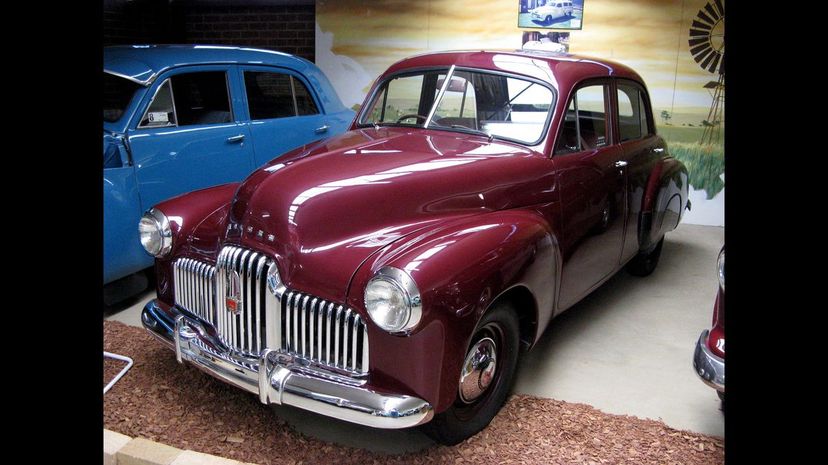
Also known as the Holden Business, the 48-215 was a Holden model produced in Australia from 1948 to 1953. It was the first model from General Motors to be marketed under the Holden name.
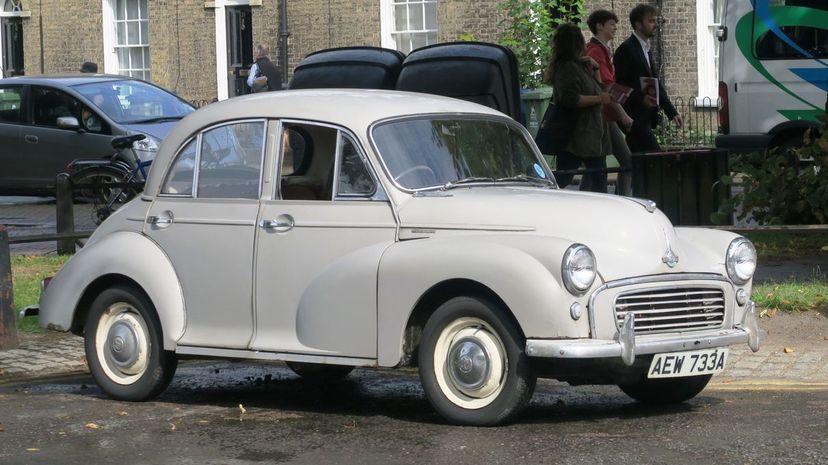
The Morris Minor was first manufactured in 1948 and produced for a period of 23 years until 1971. It wasn't a pretty-looking car but over 1.3 million were made over that period.
Advertisement
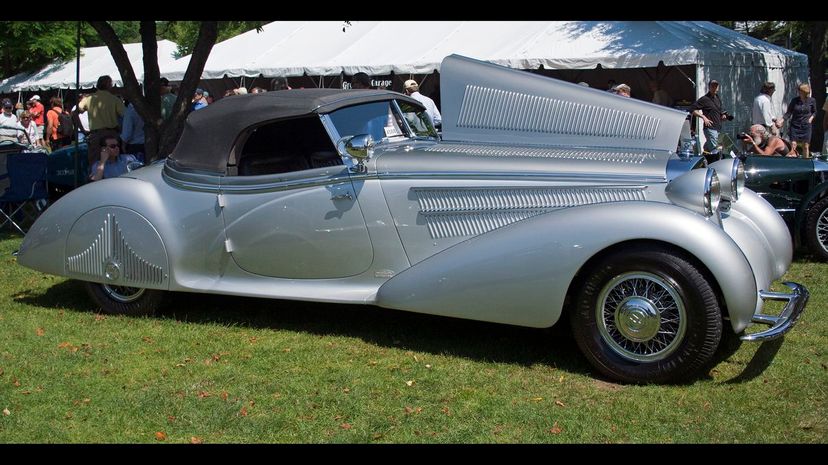
Built in 1939, the Horch Special Roadster is a vehicle of rare beauty and shows off the classic lines of a pre-World War II car. At an auto auction, a Horch 853A Special Roadster sold for $5.1 million in California.
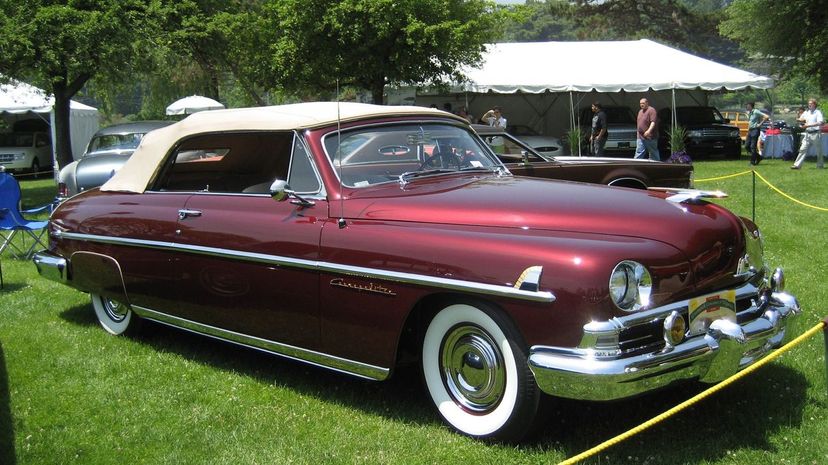
Available in a 2-door as a coupe or convertible and as a 4-door sedan, the Cosmopolitan was produced by Lincoln between 1949 and 1951. Power came from a 337 cubic inch 5.5-liter V8 coupled to either a 3-speed manual or 4-speed automatic gearbox.
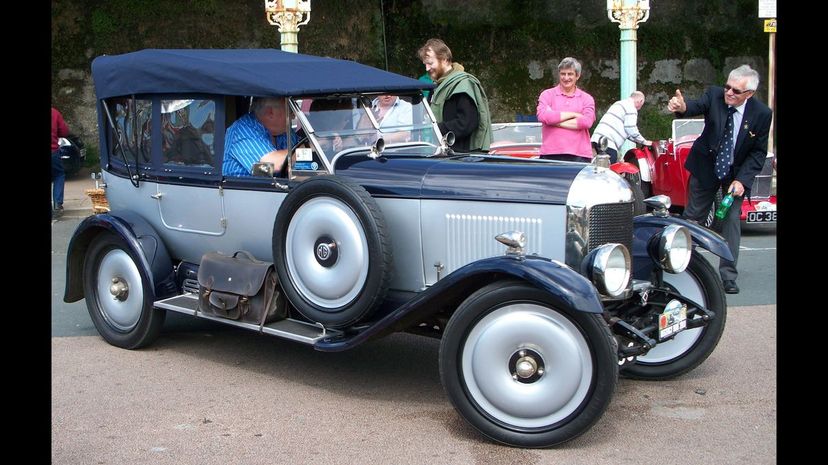
The MG14/28 Super Sports, produced from 1924 to 1927, included a 2-door, 2- and 4-seater open tourer, and a 2-door coupe. Each of these models was powered by a 1.8-liter side valve, four-cylinder gas engine which gave the car a top speed of 65 mph.
Advertisement